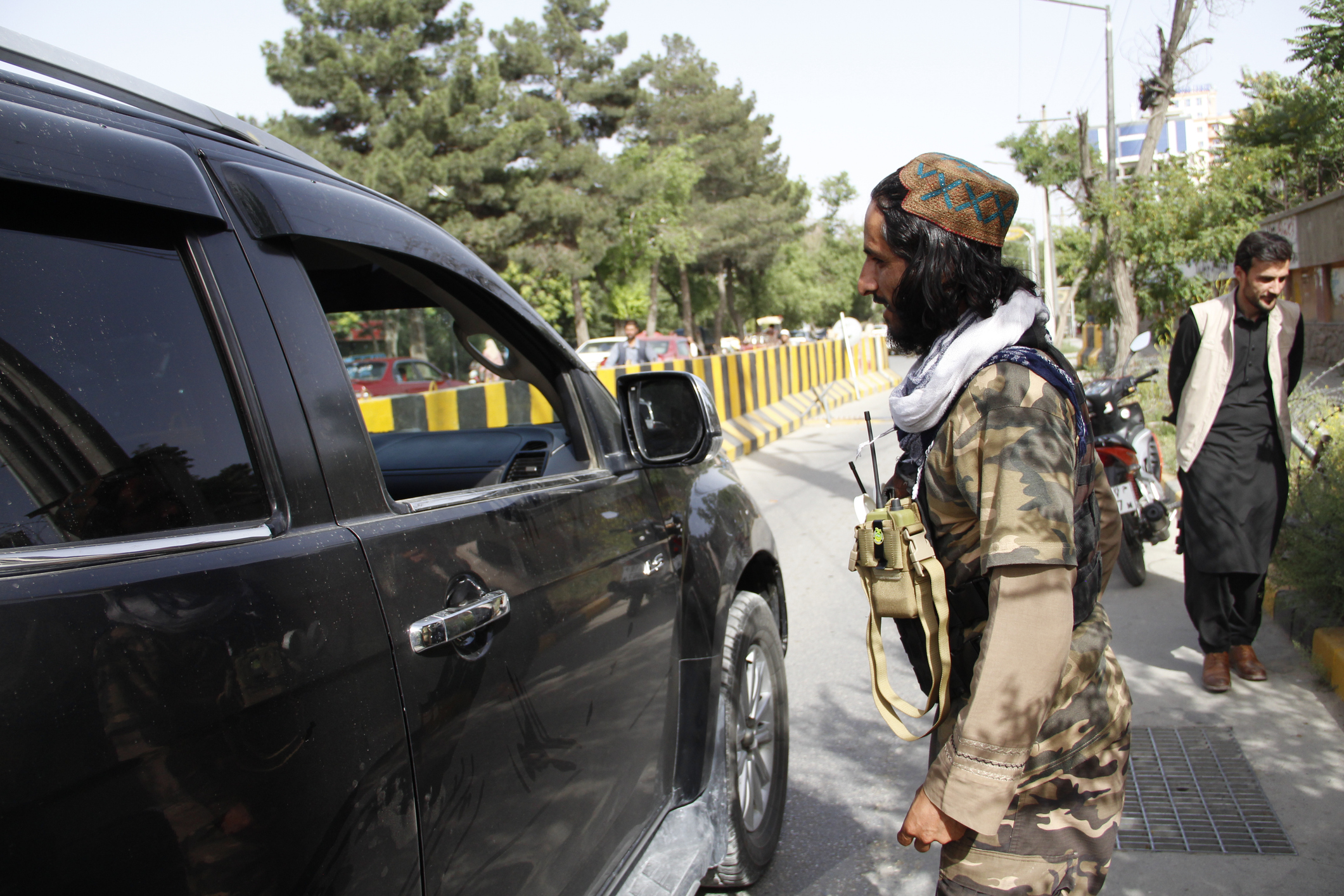
In a critical development that could reshape Afghanistan’s power structure, Taliban supreme leader Hibatullah Akhundzada recently issued a decree centralizing control over Afghanistan’s military assets. This directive, which brings the management of weapons and equipment under his exclusive oversight, signals an intent to stabilize Afghanistan’s internal power dynamics while addressing pressing security concerns from neighboring countries.
The decree targets Afghanistan’s extensive arsenal, which includes advanced weaponry left behind by U.S. and allied forces during their 2021 withdrawal. Since then, reports of U.S.-supplied weapons falling into unauthorized hands, including extremist factions and local militias, have sparked fears of these arms being used in regional conflicts. Countries like Pakistan, Iran, and the Central Asian republics have voiced concerns over the unchecked movement of these weapons, which could destabilize the broader region if they fell into the wrong hands.
Akhundzada’s centralization of military control is not just a response to these external pressures—it also reflects a critical shift in the Taliban’s internal power balance. Historically, influential figures within the Taliban, such as Defense Minister Mullah Yaqoob and Interior Minister Sirajuddin Haqqani, held substantial authority over military resources. However, this decree effectively curtails their influence, signaling Akhundzada’s intent to consolidate power and unify command under his direct leadership. Since the Taliban’s return to power, Afghanistan has faced challenges in controlling the large cache of military assets within its borders. The presence of advanced U.S.-made weapons has amplified fears that these assets could fuel conflicts beyond Afghanistan’s borders. The potential for weapons to cross borders has left neighboring countries on edge, fearing that Afghan arms could fall into the hands of insurgent groups or fuel existing conflicts in the region.
Pakistan, for instance, has been particularly vocal about the threat of cross-border terrorism and arms trafficking. Smugglers and extremist groups operating in Afghanistan’s eastern provinces have engaged in extensive arms trafficking, making these regions hotspots for illegal arms distribution. Iran and Central Asian states share similar concerns, as arms proliferation could exacerbate tensions and fuel regional insurgencies. By assuming direct oversight, Akhundzada aims to prevent unauthorized access to these weapons and reassure neighboring countries that the Taliban are taking concrete steps to prevent Afghanistan from becoming a launchpad for cross-border terrorism. His approach sends a message to regional powers that the Taliban are willing to exercise tighter control over military resources to mitigate security threats.
Akhundzada’s decree to consolidate command is a bold step that reflects underlying power dynamics within the Taliban. For years, Mullah Yaqoob and Sirajuddin Haqqani have wielded significant influence over Afghanistan’s military affairs. Each commands a strong network of loyalists, and their roles have shaped the Taliban’s approach to governance and security.
However, Akhundzada’s directive marks a decisive shift, reducing Yaqoob’s and Haqqani’s authority over military decisions. By centralizing power, Akhundzada is effectively limiting their influence, signaling his intent to bring a more unified and disciplined approach to Afghanistan’s military management. This move could foster a cohesive command structure, crucial for transforming the Taliban from an insurgent group into a formal governing authority.
Nevertheless, the decision may provoke friction within the Taliban leadership. The power reduction could lead to resistance from Yaqoob, Haqqani, and their loyalists, potentially sparking internal disputes. For Akhundzada, the success of this initiative will largely depend on his ability to enforce compliance across Afghanistan’s diverse and decentralized Taliban factions.
Akhundzada’s decree also aligns with the Taliban’s broader political objectives of establishing legitimacy and control as a governing authority. Managing military resources responsibly is essential to projecting an image of stability and order. As the Taliban work to transition from an insurgency to a formal government, centralizing control over military assets is a strategic move aimed at gaining both domestic and international recognition as a capable and organized governing body.
For neighboring countries and international observers, Akhundzada’s decree is a step towards curbing the proliferation of military weapons and reducing the risk of arms smuggling. If the Taliban can effectively control their military resources, it could ease regional tensions and alleviate concerns about Afghanistan becoming a staging ground for cross-border insurgencies. However, the success of this initiative will ultimately hinge on whether Akhundzada can maintain cohesion within the Taliban and enforce the centralization measures without sparking internal dissent.
As Afghanistan continues to emerge from decades of conflict, Akhundzada’s efforts to centralize military control represent a pivotal moment in the country’s journey toward stability. Whether or not this directive will achieve its objectives remains uncertain, but its impact on Afghanistan’s internal power dynamics and regional security is undeniable. If successful, Akhundzada’s decree could shape Afghanistan’s future security landscape, bolstering the Taliban’s standing as a unified authority while helping to address the complex security challenges facing the region.
